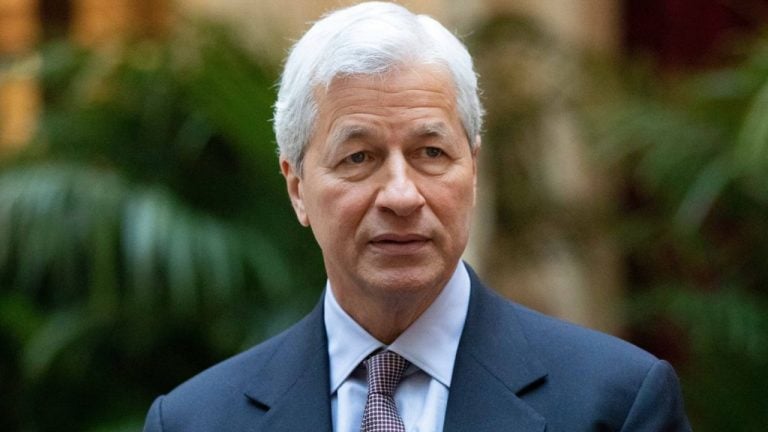
Goldman Sachs reportedly traded digitized treasury bonds for JPM Coin on JPMorgan Chase's Onyx blockchain platform.
After six months of eyeing JPMorgan Chase’s custom blockchain service for repo markets, Goldman Sachs has started trading on the platform.
Mathew McDermott, global head of digital assets for Goldman Sachs’ global markets division, confirmed the first transaction dated June 17 in an interview, Bloomberg reported.
In the trade, Goldman Sachs swapped a tokenized version of a United States Treasury bond for JPM Coin, JPMorgan’s dollar-pegged stablecoin. JPMorgan started its private blockchain service to drive efficiency in repo agreements last year. The platform uses JPM Coin to swap digitized United States Treasury bonds.
Goldman Sachs was one of the first financial institutions to notice the platform. Last year, McDermott mentioned the efficiency of JPMorgan’s blockchain-based repo-market service, saying that “enterprise blockchain can address a real-world problem in the financial system.”
As a trillion-dollar market, repurchase or “repo” agreements are short-term lending arrangements for dealers in government bonds. An overnight repo allows dealers to sell government bonds to investors and repurchase them the next day at a slightly higher price.
Related: Goldman Sachs to offer Bitcoin futures trading
Calling the trade a pivotal moment for the digitization of transactional activity, McDermott highlighted that, unlike the traditional repo market, the precise timing of the transaction could be logged thanks to blockchain technology.
Smart contracts on the blockchain enable the collateral and cash to interchange simultaneously and immediately, and this is a big step up for the repo market, according to McDermott:
“We pay interest per the minute. We firmly think this will change the nature of the intraday marketplace.”
JPMorgan Chase first announced the launch of its own stablecoin back in early 2019, with an initial focus on international settlements by major corporations. First trades started in December, and since then, JPM Coin has been embraced by transnational corporations for around-the-clock cross-border payments.
The bank established its version of the Ethereum blockchain, Onyx, which is now processing more than $1 billion worth of transactions daily.













